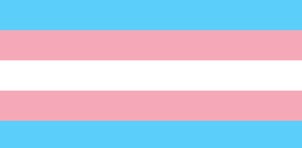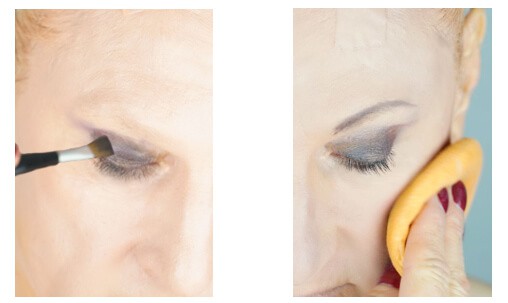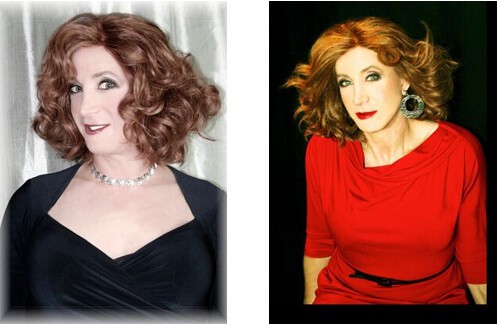As various LGBTQ+ related issues have made their way into the spotlight in recent years, the definitions of certain terms have been debated and discussed. It is important to understand the different identities that exist (for example, the difference between a crossdresser and a transsexual) so that we can effectively talk about and bring awareness to ourselves, our friends, and our family members without making assumptions. If you’ve ever wondered exactly what it means to be transgender versus what it means to be a crossdresser, you’ve come to the right place.It is important to remember in this discussion that gender is not a binary structure. Humankind cannot be confined to the categories of only “male” and “female,” as this erases the diversity and variety of the sex and gender spectrums. Being open-minded with this idea is an important part of understanding the many different terms at play!
Being transgender
The term transgender is an adjective and has several implications. It is generally used to describe a person whose gender identity and/or gender expression is different from the sex that they were assigned when they were born. It is an umbrella term, meaning those who identify as transgender may use other terms to describe their gender identities in addition. Transgender individuals may or may not choose to:
- Seek hormone prescriptions from a doctor to begin a transition
- Undergo one or more surgeries
- Alter their physical appearance in other ways
It is important to remember that there is no one way to be transgender. Contrary to popular misconceptions, being transgender is not dependent upon a person’s appearance or any medical procedures that they may choose to undergo. Being transgender only means that a person’s gender identity is not consistent with their sex assignment from birth. How they choose to express themself through their appearance is up to them!

Being a crossdresser
The term crossdresser, which is a noun, has a very different meaning, though it is commonly associated with many of the same ideas. It is most typically used to describe men who sometimes choose to wear the clothing, makeup, and accessories that are culturally associated with women.
Though crossdressers do not wish to live as women full-time or permanently change their sex, their choice to crossdress is a form of gender expression rather than of entertainment. For this reason, drag queens and kings are not necessarily labeled as crossdressers. Crossdressers do not tend to associate with the LGBTQ+ community. This is because most crossdressers identify as heterosexual males. It is important to remember that gender and sexual orientation are two different things.

Is there a crossover?
Among all of these definitions, we must note that there is plenty of room for grey area. It is difficult to generalize when everyone’s gender expression is unique to them and their experiences. That being said, there are some common guidelines we can all follow to avoid offending anyone.
- Ask which gender pronouns a person prefers
- Avoid using the terms transgender and crossdresser if you aren’t sure about someone’s gender identity
- Ask which terms a person uses to describe themself rather than guessing
- Be accommodating if someone’s gender identity changes over time
- Avoid making assumptions about someone’s sexual orientation based on their gender identity
- Don’t use a term if you don’t know what it means!

As we have said, gender is a multifaceted and at times complicated topic. However, by taking an interest in the different identities that exist and trying to understand them, we can all be better at making everyone feel valid and comfortable.
For more thought-provoking articles on crossdresser and transgender issues go to the Glamour Boutique Crossdressing Tips Blog and feel free to contact us with suggestions of more subjects you would like us to cover.
